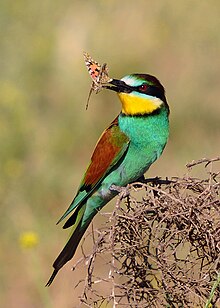30 July 2014 Last updated at 10:52
By Victoria Gill
Science reporter, BBC News
When it comes to flight, nature just has the edge on engineers.
This is according to a study comparing hummingbirds with one of the world's most advanced micro-helicopters.
Researchers found that - in terms of the power they require to lift their weight - the best hummingbird was over 20% more efficient than the helicopter.
The "average Joe" hummingbird, however, was on par with the helicopter, showing "how far flight engineering has come".
The findings are published in the Royal Society journal Interface.
Lead researcher Prof David Lentink, from Stanford University in California, explained that the flight performance of a hummingbird - the only bird capable of sustained hovering - was extremely difficult to measure.
"Imagine a 4g bird," he said. "The forces they generate are tiny.
As birds and insects move through the air, their wings are held at a slight angle, which deflects the air downward.
This deflection means the air flows faster over the wing than underneath, causing air pressure to build up beneath the wings, while the pressure above the wings is reduced. It is this difference in pressure that produces lift.
Flapping creates an additional forward and upward force known as thrust, which counteracts the insect's weight and the "drag" of air resistance.
The downstroke or the flap is also called the "power stroke", as it provides the majority of the thrust. During this, the wing is angled downwards even more steeply.
You can imagine this stroke as a very brief downward dive through the air - it momentarily uses the creature's own weight in order to move forwards. But because the wings continue to generate lift, the creature remains airborne.
In each upstroke, the wing is slightly folded inwards to reduce resistance.
"As a result the drag of a hummingbird wing has never been measured accurately."
.jpg)













